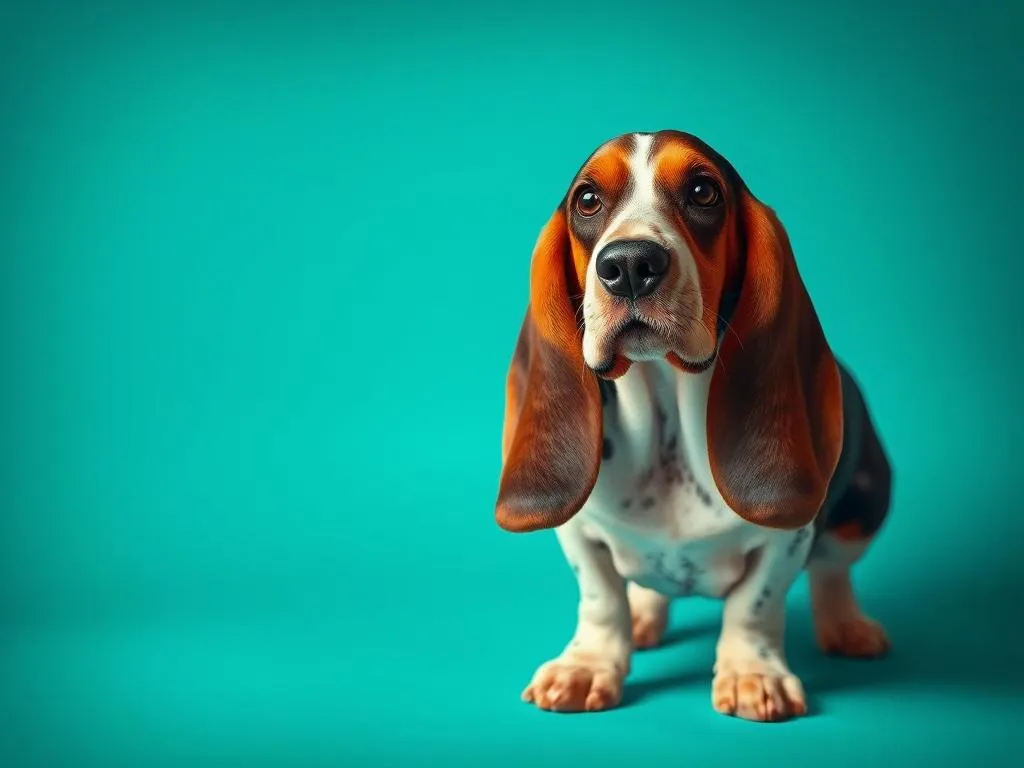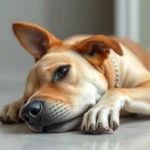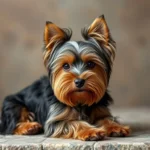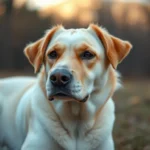
Introduction
Basset Hounds are one of the most beloved breeds, known for their droopy ears, soulful eyes, and distinctively long bodies. Their unique look comes in various Basset Hound colors and patterns, which not only enhance their charm but also reflect their heritage. Understanding these colors and patterns is essential for potential owners and enthusiasts alike, as they play a significant role in the breed’s aesthetics and breed standards. This guide will delve into the various shades and patterns of Basset Hounds, their significance, and how they can affect breed characteristics.
Understanding Basset Hounds
Origin of the Basset Hound
The Basset Hound’s origins can be traced back to France, where they were initially bred for hunting purposes. The term “Basset” means “low” in French, aptly describing their short stature. Originally, these dogs were used to track small game such as rabbits and hares, employing their acute sense of smell. Over the years, Basset Hounds evolved into lovable companions, known for their loyalty and affectionate nature.
Breed Characteristics
Basset Hounds are medium-sized dogs, typically weighing between 40 to 65 pounds and standing about 12 to 15 inches tall at the shoulder. Their most distinctive physical traits include short legs, a long body, and droopy ears that can almost touch the ground. Their skin is loose and wrinkled, which adds to their character. In terms of temperament, Basset Hounds are known for their laid-back, gentle demeanor. They are friendly, good with children, and tend to get along well with other pets, making them an ideal family dog.
The Significance of Color in Basset Hounds
Color and Breed Standards
Kennel clubs like the American Kennel Club (AKC) have specific standards regarding Basset Hound colors and patterns. They recognize several acceptable colors, including tri-color, lemon, red and white, and chocolate. These standards are crucial for breed recognition and help maintain the integrity of the breed. A Basset Hound’s color can influence its eligibility for shows and competitions, making it an essential aspect for breeders and owners alike.
The Psychology of Dog Colors
The color of a dog can influence how people perceive its personality. For example, some may associate darker colors with a more serious demeanor, while lighter shades may evoke feelings of playfulness. However, these perceptions are often rooted in myths. The reality is that a dog’s temperament is shaped more by its upbringing and socialization than by its coat color.
Common Basset Hound Colors
Tri-color
The tri-color Basset Hound is perhaps the most recognizable color combination. This pattern features a combination of black, white, and tan. The classic look typically includes a black saddle on the back, with white and tan markings on the face and legs. Tri-color Basset Hounds are popular among owners due to their striking appearance and the ease with which they can blend into various settings.
Lemon
The lemon color is a lighter hue, typically consisting of a pale yellow or cream. This color is somewhat rarer than the tri-color and often stands out for its unique charm. Lemon Basset Hounds can have white markings, but the overall effect is one of softness and gentility. Historically, lemon Basset Hounds were not as common, making them a sought-after choice for those looking for something different.
Red and White
The red and white Basset Hound features a rich, reddish coat paired with stark white markings. This combination can vary significantly in shade, with some appearing almost orange. The contrast between the red and white creates a striking appearance, making these dogs quite popular. Compared to other color patterns, red and white Basset Hounds are often favored for their vibrant look.
Chocolate
The chocolate Basset Hound is a less common color that features a deep brown coat. This color can range from a lighter brown to a rich chocolate shade. Chocolate Basset Hounds are often sought after for their rarity, and their unique coloring can increase their market value. However, potential owners should be aware that chocolate coats can sometimes be linked to specific genetic factors.
Other Colors
In addition to the more common Basset Hound colors and patterns, there are other less frequently seen shades. These include blue, black and tan, and even variations of brindle. While these colors are not as widely recognized by all kennel clubs, they contribute to the breed’s diversity. Each color and pattern has its significance and adds to the individuality of the breed.
Basset Hound Patterns
Markings and Patterns Overview
When discussing Basset Hound colors and patterns, it’s vital to differentiate between the two. While colors refer to the overall hue of the coat, patterns involve the specific markings and configurations of those colors. Patterns can create unique and individual looks for each dog, enhancing their appeal.
Brindle
The brindle pattern features a mix of dark and light stripes, creating a tiger-striped effect. While this pattern is less common in Basset Hounds, it can occasionally appear. Genetic considerations play a significant role in the appearance of brindle markings, as they can arise from specific breeding lines.
Ticking and Spotted Patterns
Ticking refers to small spots of color that can appear on a Basset Hound’s coat, usually white with colored flecks. This pattern can vary widely and is often seen in tri-color and red and white Basset Hounds. Ticking can serve as a distinguishing feature, making each dog unique and adding to its character.
Piebald Patterns
The piebald pattern is characterized by irregular patches of color, typically white and another color. This pattern can create a striking contrast and is identifiable by its randomness. Piebald Basset Hounds are relatively common and add to the variety of looks within the breed.
Genetic Considerations
Inheritance of Colors and Patterns
The inheritance of Basset Hound colors and patterns is rooted in basic genetics. Coat color is determined by a combination of dominant and recessive genes. Breeders often select for specific colors through careful pairing, but understanding the genetic basis can be complex. For example, certain colors may be more prevalent due to recessive genes being passed down through generations.
Health Considerations Related to Color
While the color of a Basset Hound may not directly impact its health, some colors have been linked to specific health issues. For instance, dogs with less pigmentation may be more susceptible to sunburn and skin conditions. Maintaining genetic diversity within the breed is crucial for overall health and longevity, as it can minimize the risk of inherited health problems.
Choosing a Basset Hound Based on Color and Pattern
Factors to Consider
When selecting a Basset Hound, it’s essential to consider factors beyond color. While Basset Hound colors and patterns can certainly be an appealing aspect, potential owners should also consider the dog’s temperament, energy levels, and compatibility with their lifestyle. Understanding the breed’s characteristics is vital for ensuring a good match.
Popularity of Colors and Patterns
Certain colors and patterns may be more popular among breeders and pet owners, affecting availability and market demand. For instance, tri-color Basset Hounds are often the most sought after due to their classic appearance. However, trends can shift, and unique colors like lemon or chocolate may gain popularity.
Caring for Your Basset Hound
Grooming Needs Based on Color and Pattern
Grooming is an essential aspect of caring for a Basset Hound, regardless of its color or pattern. Regular brushing can help maintain coat health and vibrancy, especially in dogs with longer coats or those with more intricate patterns. It’s also crucial to pay attention to their droopy ears and skin folds, which can be prone to infections if not kept clean.
Diet and Nutrition
A well-balanced diet plays a significant role in the health and appearance of a Basset Hound’s coat. Foods rich in omega fatty acids promote a shiny coat and can help maintain vibrant colors. Owners should consult with their veterinarian for tailored dietary recommendations that suit their dog’s specific needs.
Conclusion
Understanding Basset Hound colors and patterns enhances our appreciation for this remarkable breed. Each color and pattern brings its charm and significance, contributing to the individuality of every dog. When choosing and caring for a Basset Hound, it’s essential to embrace the unique characteristics that make each dog special. Regardless of color or pattern, these dogs are known for their loving nature and devoted companionship, making them a delightful addition to any family.









